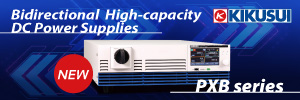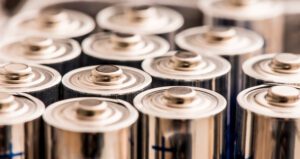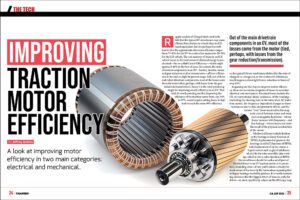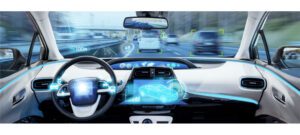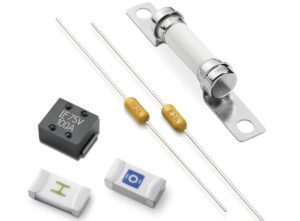Panasonic and battery materials company Sila Nanotechnologies have signed a commercial agreement for Sila’s nano-composite silicon anode, Titan Silicon, which could enable the battery maker to dramatically improve both vehicle range and charging time. Sila’s anode materials, to be produced at the company’s plant in Moses Lake, Washington, will be optimized for Panasonic’s next-generation lithium-ion… Read more »
Search Results Found For: "NANO ONE"
Researchers announce cycle life breakthrough for lithium-sulfur EV batteries
Researchers at Monash University have developed a new lithium-sulfur battery design with a nanoporous polymer-coated lithium foil anode that reduces the amount of lithium required in a single battery. In their recent paper, the scientists explain how they applied a nanoporous polymer directly onto a lithium foil anode, creating a new battery design that uses… Read more »
GreenPower highlights key findings from electric school bus pilot program
GreenPower Motor Company, a manufacturer of medium- and heavy-duty EVs, recently announced the results from an electric school bus pilot program in West Virginia (a successful pilot, as it resulted in school bus orders for the company). GreenPower shared its findings at the recent Green Bus Summit in Reno, Nevada. The nine-month pilot program covered… Read more »
How to improve EV traction motor efficiency
A look at improving motor efficiency in two main categories: electrical and mechanical. Regular readers of Charged don’t need to be told that the typical EV drivetrain is way more efficient from battery to wheels than its ICE-based equivalent, but it is perhaps less well-known that the approximate drivetrain efficiency ranges from 75-90% for the… Read more »
Understanding AEC-Q200 Revision E qualified fuses for automotive electronics and EV applications
Sponsored by Littelfuse. On March 20, 2023, the Automotive Electronics Council (AEC), the standards body for automotive electronic components, published Rev E of AEC-Q200, Stress Test Qualifications for Passive Electrical Devices. The new AEC-Q200 Revision E standard adds fuses to the list of components that can be AEC-Q200-qualified so that the fuses meet a high… Read more »
Idemitsu develops cooling and lubrication oil for EVs
Idemitsu Kosan, a Japanese energy company, has developed an oil for e-axle drive units, electronics and battery systems in EVs and hybrids. The E-axle and Electric Parts Cooling Oil allows direct cooling of motors and other electronics such as the battery and power control unit (PCU), and enables lubrication of gears and bearings in an… Read more »
Li-S Energy claims to boost energy density by 45% with new 20-layer lithium-sulfur battery
Li-S Energy has revealed its first 20-layer battery cells using its third-generation semi-solid-state lithium-sulfur (GEN3 Li-S) technology. GEN3 Li-S 20-layer battery cells use a patented low-flammability electrolyte Li-nanomesh technology and Boron Nitride Nanotubes (BNNTs) to prevent dendrite formation. Compared to the company’s second-generation lithium-sulfur cells, the new cells offer greater energy density and more safety,… Read more »
Littelfuse releases AEC-Q200 Rev E-qualified fuses for demanding automotive-grade applications
Circuit protection specialist Littelfuse has released a new series of fuses specifically designed for the demanding circuit protection needs of compact automotive electronics and EV applications. The new portfolio of AEC-Q200 Rev E-qualified fuses includes a range of thin-film, nano, PICO and cartridge fuses, all certified to meet the AEC-Q200 Rev E qualifications for fuses… Read more »
GreenPower and its California dealership have over 40 electric school buses in the pipeline
Heavy-duty EV manufacturer GreenPower Motor is doing a brisk business in electric school buses in California, thanks in part to the state’s Hybrid and Zero-Emission Truck and Bus Voucher Incentive Project. GreenPower’s exclusive dealer, Creative Bus Sales, has more than 40 GreenPower Type D BEAST and Type A Nano BEAST school buses in the HVIP… Read more »
Researchers demonstrate a four-electron reaction that improves energy density in Li-air batteries
Lithium-air batteries could theoretically deliver an energy density comparable to that of gasoline. However, in most systems, the reaction pathways either involve one- or two-electron transfer, leading to lithium peroxide (Li2O2) or lithium superoxide (LiO2), respectively. Researchers at the Illinois Institute of Technology and Argonne National Laboratory are investigating a way to create a lithium-air… Read more »



